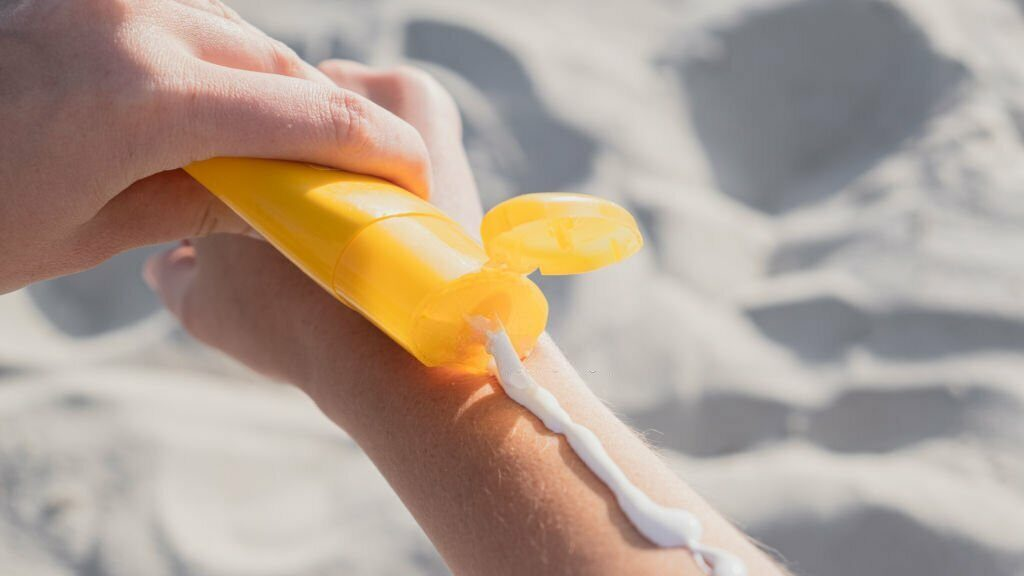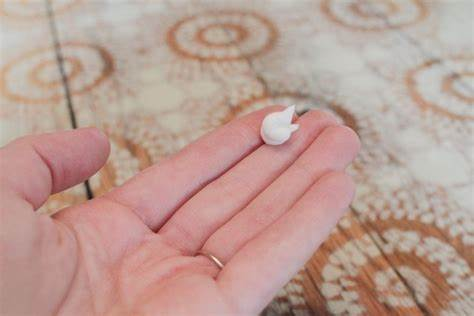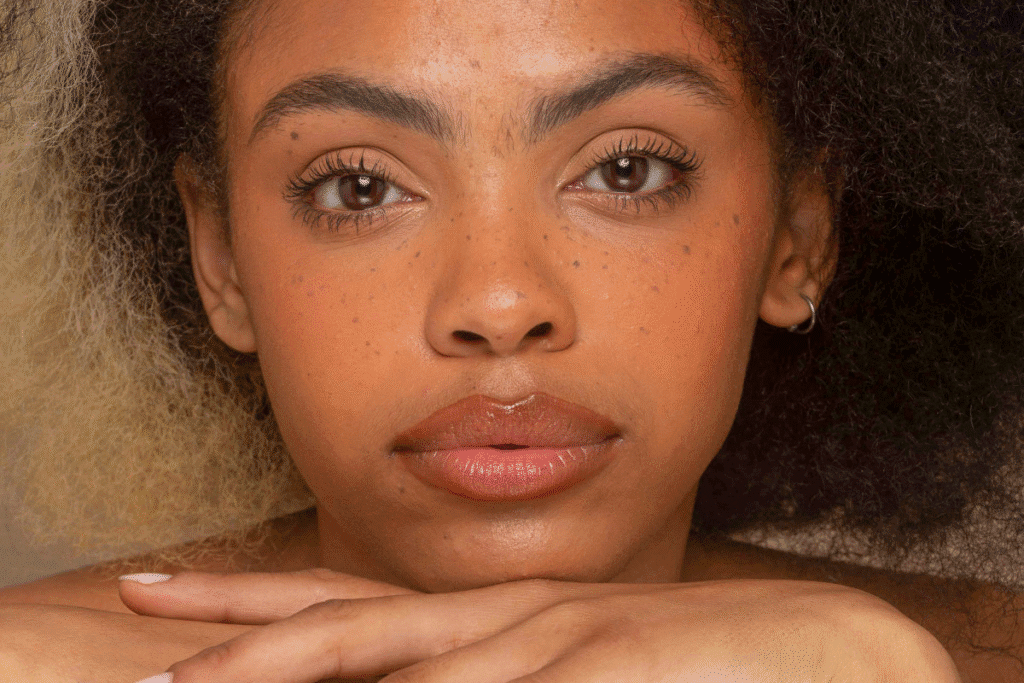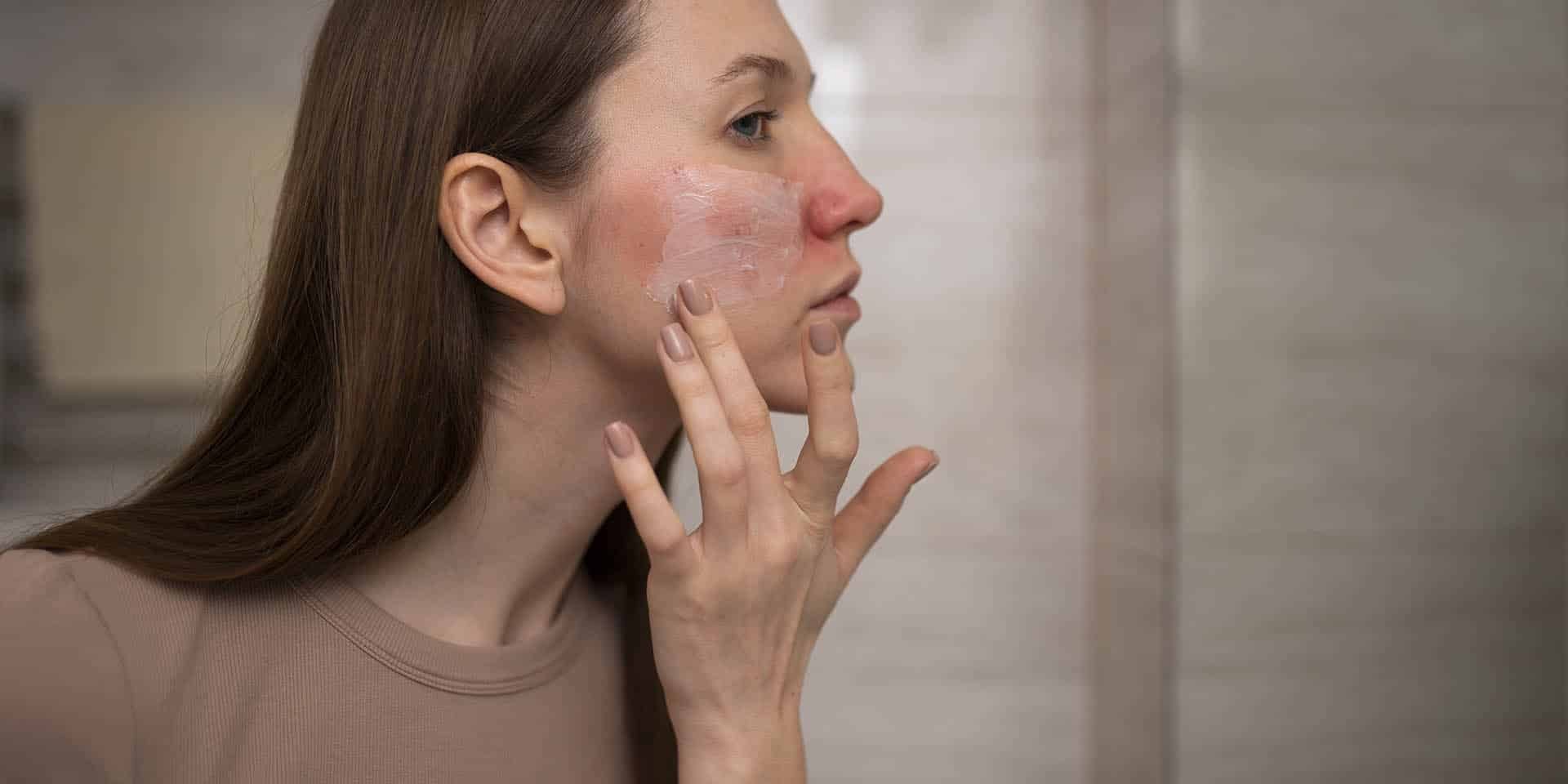Did you know rosacea quietly affects more than 16 million Americans? Yet a lot of us mistake it for stubborn acne or just “sensitive skin.” With April designated as Rosacea Awareness Month, there’s no better time to unpack what rosacea really looks like—and how to tame that telltale redness.
Ever catch yourself blushing for no obvious reason? Or notice a constant flush across your cheeks, nose, forehead, or chin that won’t quit? Visible little red veins, occasional acne-like bumps that just won’t budge, or skin that tingles, stings, or feels dry and fragile—all of these can signal rosacea. In advanced stages, the skin might thicken in places (like the nose), and even your eyes can feel scratchy or irritated.
The silver lining? With a thoughtful routine and the right in-office treatments, you can dial down inflammation, rebuild your skin’s defenses, and restore confidence.
1. Keep It Simple: The Less-Irritating Cleanse

Rosacea-prone skin doesn’t need extra scrubbing power. In fact, harsh exfoliators and heavy fragrances can send your redness through the roof. Instead, look for a non-foaming, pH-balanced cleanser that sweeps away dirt without stripping natural oils.
- Try This: A creamy, sulfate-free gel that feels gentle as it cleans.
- Why It Helps: Supports your skin barrier instead of attacking it.
2. Never Skimp on Sunscreen

Sunlight is one of rosacea’s top nemeses. Even on overcast days, UV rays can trigger a flare.
- What to Reach For: A mineral (zinc oxide–based) formula with added anti–inflammatory ingredients like niacinamide.
- Bonus: Some tin-zinc sunscreens also adapt to your skin tone and soothe as they protect.
3. Seal in Moisture and Calm Redness

Once you’ve cleansed, layer on products that both hydrate and fortify your barrier. Think ceramides, antioxidants, and gentle anti-irritants.
- Key Ingredients: Ceramides, niacinamide, plant-derived antioxidants.
- Goal: Lock in moisture, fight free-radicals, and quiet inflammation.
4. Even Out Your Complexion—Gently

Fading persistent redness or brownish spots calls for targeted brighteners. But not all lighteners are rosacea-friendly—steer clear of hydroquinone or strong acids unless prescribed.
- Look For: Stabilized vitamin C, azelaic acid, or proprietary “tone-correcting” blends designed for sensitive skin.
- Tip: Always patch-test new serums on a small area before layering on your face.
5. Professional Boosters: Lasers & Peels

When home care plateaus, it’s time to consider in-office treatments.
- Light-Based Therapy (e.g., Aerolase Neo Elite)
- Fast, virtually painless, no downtime
- Targets visible vessels and diffuse redness
- Safe across all skin tones
- Customized Chemical Peels (e.g., VI Peel Precision Plus)
- Tuned to calm inflammation, not provoke it
- Smooths texture, fades discoloration
- Best under a dermatologist’s guidance
Ready to Talk Rosacea?
If you’re still unsure about what you’re dealing with—or which products and treatments will actually settle your skin—our dermatology team is here for you. From gentle home-care lineups to advanced laser sessions and tailored peels, we’ll co-create a plan that quiets redness and keeps your skin happy. After all, when your face feels calm, you can step out into April (and beyond) with confidence.
Also Read : Skincare Tips for Tattooed Skin: Heal, Protect & Glow



